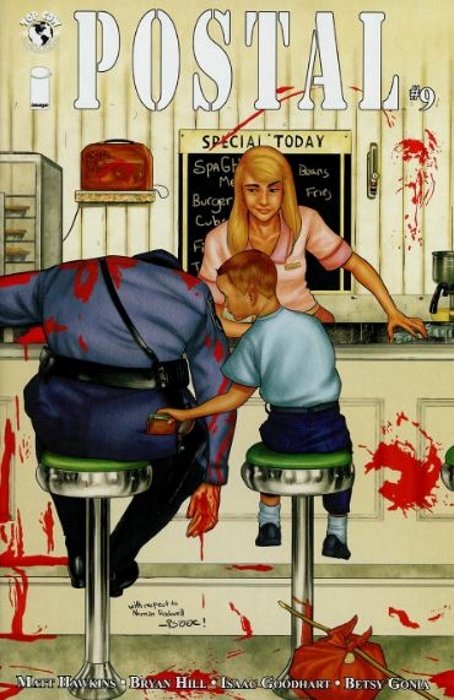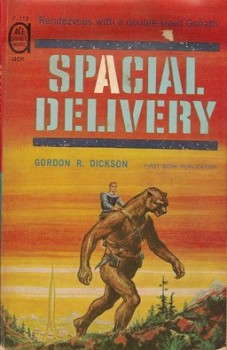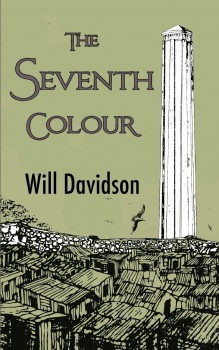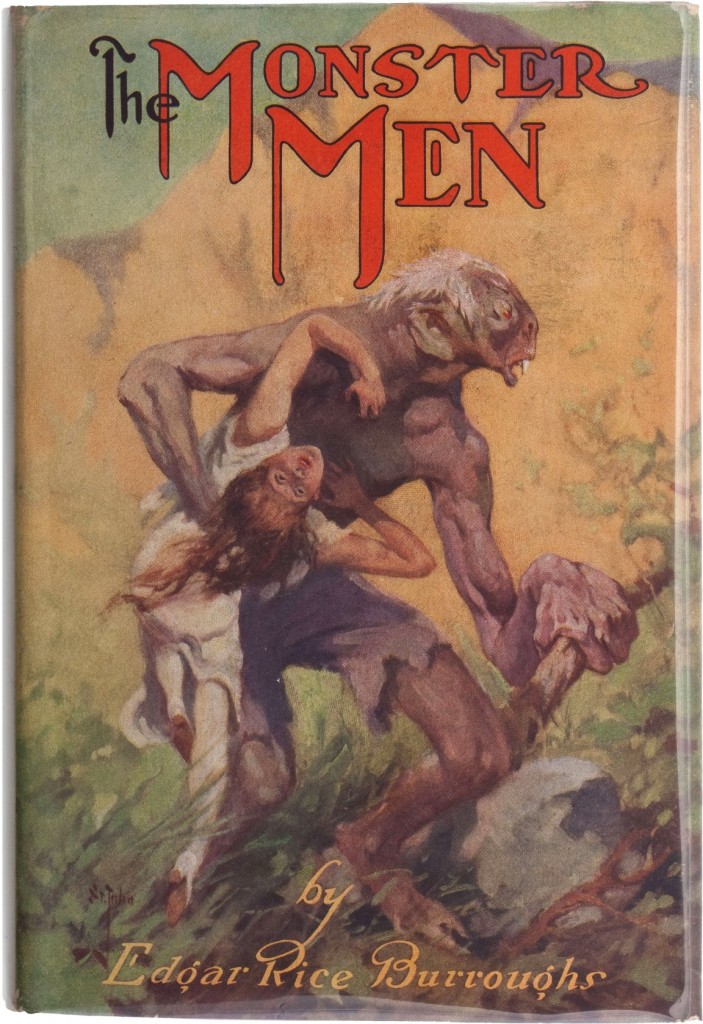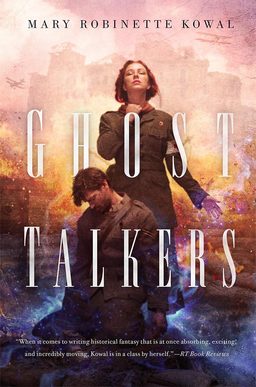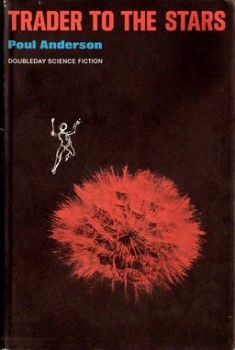Sailing Against the Tides of Perdition: Pirates in Hell, edited by Janet and Chris Morris
Pirates in Hell (Heroes in Hell, Volume 20)
Edited by Janet and Chris Morris
Perseid Press. (456 pages, $22.40 in trade paperback, $8.99 in digital formats, April 10, 2017)
Cover Design and Cover Art: Roy Mauritsen
Book Design: Chris Morris
Fifteen men on the Dead Man’s Chest
Yo-ho-ho, and a bottle of rum!
Drink and the devil had done for the rest
Yo-ho-ho, and a bottle of rum!
― Robert Louis Stevenson, Treasure Island
Ahoy there! Well here we are — another year and another volume in the wonderful, shared-universe series, Heroes in Hell, which I am proud to be part of. This brand-new, sea-faring adventure set in hell is called Pirates in Hell, and it is the 20th volume in this award-winning series since its inception back in 1986. Once again we’ve tried to do a little something different, as the title suggests: bring you an action-packed, swashbuckling, multi-author novel that still retains all the hallmarks of this very literary series: drama, pathos, philosophy, action, humor… and so much more. This, which I now present to you, is a preview, a bit of teaser promo to hopefully whet your appetite. Here is the book’s main story arc, according to series creator, editor, publisher and contributing author, Janet Morris.



